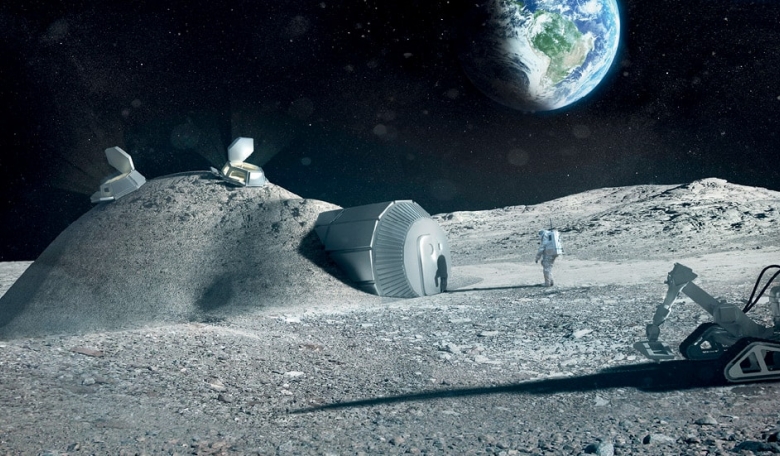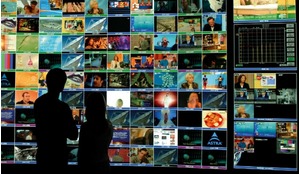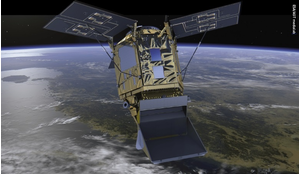The long-held dream of humankind to explore and colonise space is closer than it has ever been. As the budding commercial space mining, tourism and transportation sectors along with national space agencies extend their reach further into space, concepts are now being developed with the ultimate goal of establishing human outposts and colonies on the Moon and Mars. Here, in the first of two articles, Joseph Parker considers the dangers that different types of radiation will pose to crews travelling and living beyond Earth. His second article, to be published in ROOM later this year, will suggest how these extreme radiation risks might be managed and mitigated.
Building a space colony that will protect and sustain a population of hundreds or even thousands of colonists in an environment that is hostile to human life presents huge technological and economic challenges. One of the greatest challenges for the first humans living away from Earth will be that of excessive radiation exposure which can lead to the early onset of cancers and affect reproduction. Threats posed by radiation exposure will always be particularly high for the first colonists tasked with the job of building habitats and preparing the infrastructure of a new colony. To understand and evaluate the threat, scientists have to analyse what expected radiation exposure levels are, how well humans can tolerate these levels and what can be done to mediate the risks.
Find out more about radiation risks for crews travelling and living on other plants in the full version of the article, available now to our subscribers.














